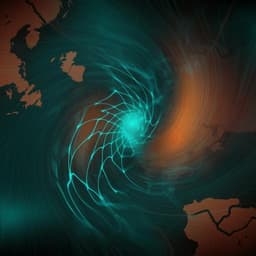
Earth Sciences
Spatial and temporal expansion of global wildland fire activity in response to climate change
M. Senande-rivera, D. Insua-costa, et al.
This groundbreaking study by Martín Senande-Rivera, Damián Insua-Costa, and Gonzalo Miguez-Macho reveals how climate change will reshape fire-prone regions globally. With a staggering 29% increase in areas susceptible to wildfires, particularly in Boreal and Temperate zones, the researchers highlight the urgent need to understand the longer fire seasons driven by a warming planet.
~3 min • Beginner • English
Related Publications
Explore these studies to deepen your understanding of the subject.







